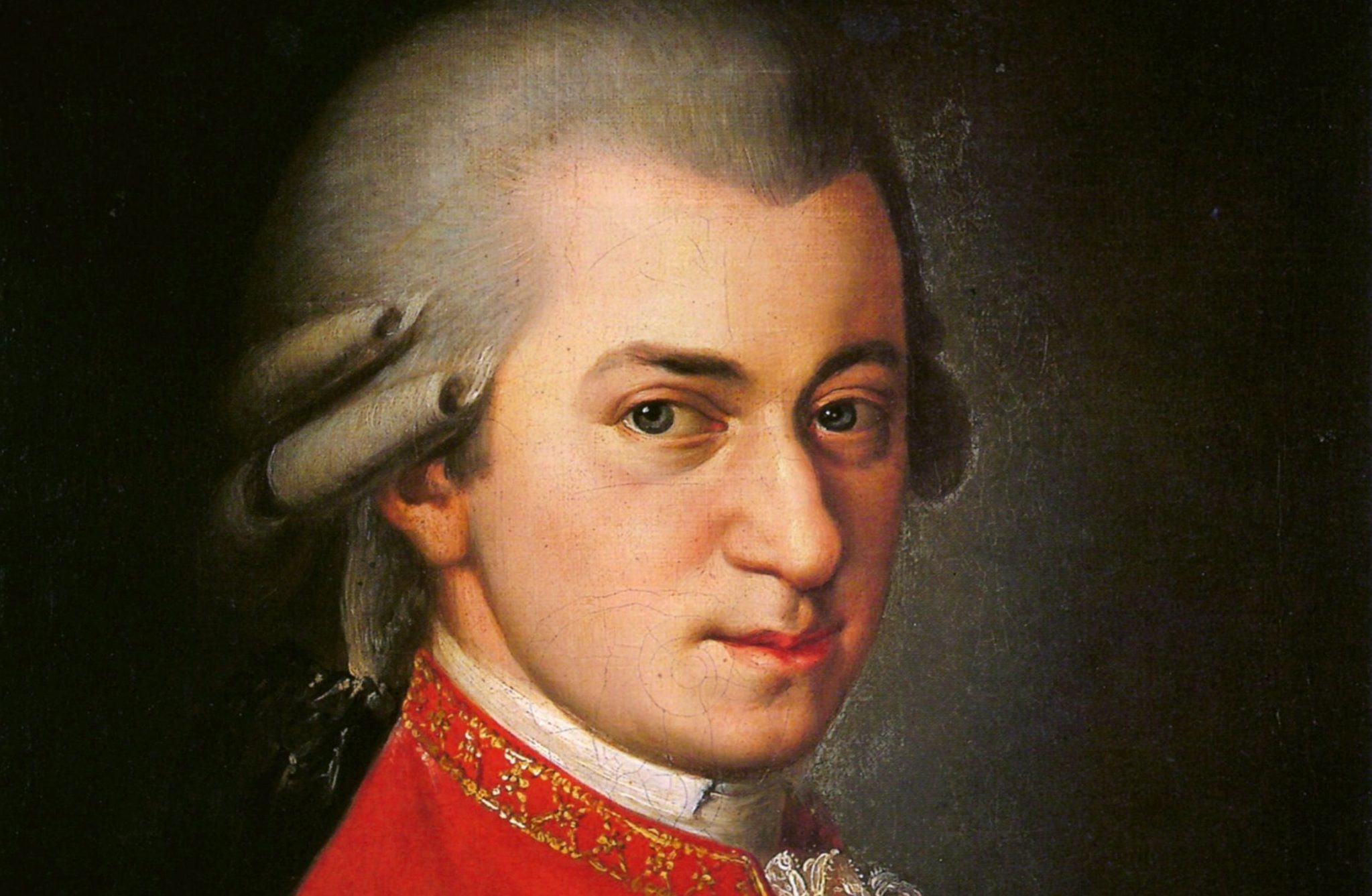
LISTENING to Mozart can help children with epilepsy, researchers have found.
A study carried out by scientists in Edinburgh found that the Austrian composer’s Sonata for Two Pianos in D major (K448) greatly reduced the frequency of epileptic activity in the brain.
No effect was found when other music was played to children – including tunes by The Teletubbies, The Singing Kettle and boyband Busted.
Around one in 240 children under the age of 16 in the UK have epilepsy. But in around 20-40% of cases, drug treatment does not adequately control seizures.
The study showed that Mozart’s K448 decreased epileptic activity during EEG tests – a recording of brain activity – in children.
“There is great potential to further investigate this effect and the possible use of music as a therapy for epilepsy in children, as well as adults,” the researchers concluded.
“Given the large proportion of people suffering from epilepsy refractory (resistant) to the current medical treatment and the financial burden of anti-epileptic medication in our society, a new therapy would be welcomed.”
The study involved 45 patients aged two to 18, who were all undergoing EEG tests at the Royal Hospital for Sick Children in Edinburgh.
The participants listened to five minutes of the first movement of the Sonata for Two Pianos in D Major.
Other music played for five minutes, depending on the age of the child, included Teletubbies Say “Eh-Oh”, The Singing Kettle’s Eelly-Ally-O! and Year 3000 by Busted.
The researchers, from Edinburgh University, said “a significant reduction” in epileptic activity was found in the children when listening to Mozart – which was not present during the other “control” music.
The findings, which have been published in the journal Seizure, add to the debate over the “Mozart effect”, a term coined in 1993 when research found students who listened to Mozart K448 for 10-15 minutes performed better in certain “spatial reasoning” tasks, such as paper cutting and folding.
Since then, small studies have been carried out looking at the effects of Mozart on epilepsy, with most focusing on Mozart’s K448, although one paper found similar effects with another Mozart sonata K545.
There is a rare form of epilepsy called musicogenic, where seizures can be induced by listening to, or even just thinking about or dreaming of, music.
Chantal Spittles, of charity Epilepsy Action, said: “It is encouraging to hear this latest study has found beneficial effects on children with epilepsy.
“We look forward to seeing how this study translates into positive change for children with drug-resistant epilepsy.”

Enjoy the convenience of having The Sunday Post delivered as a digital ePaper straight to your smartphone, tablet or computer.
Subscribe for only £5.49 a month and enjoy all the benefits of the printed paper as a digital replica.
Subscribe